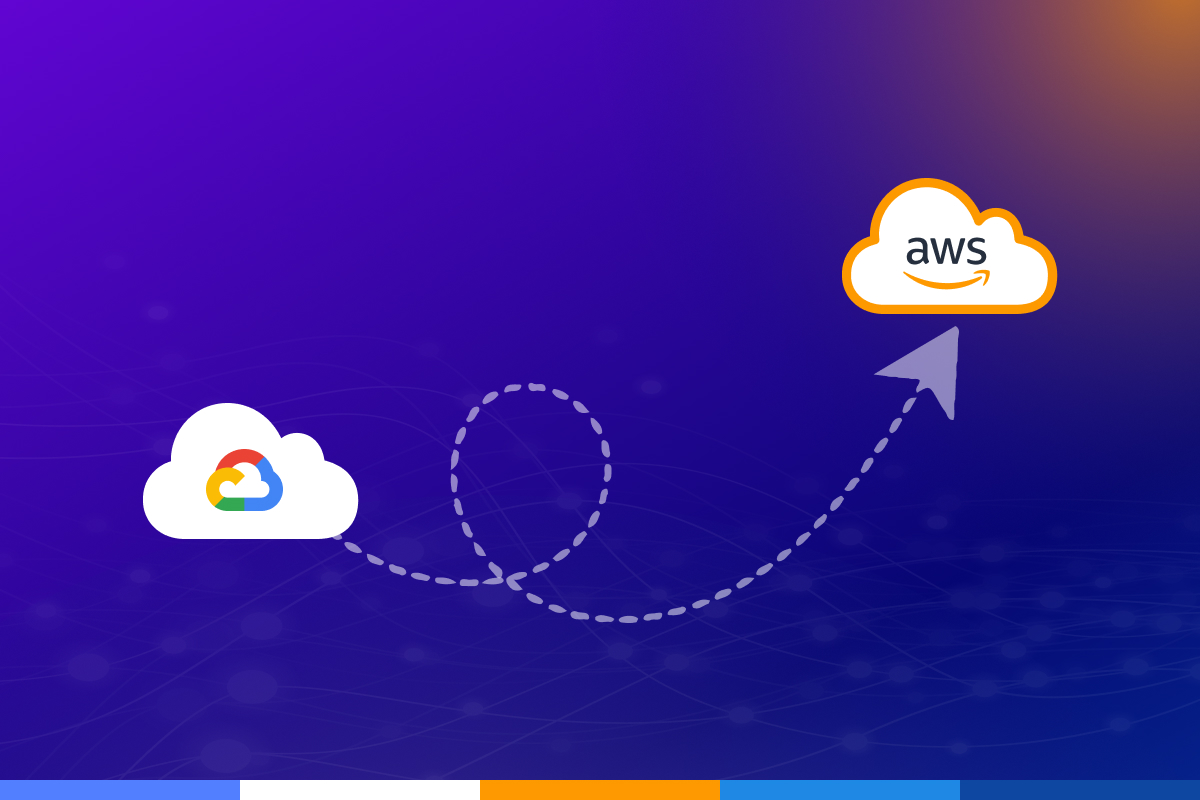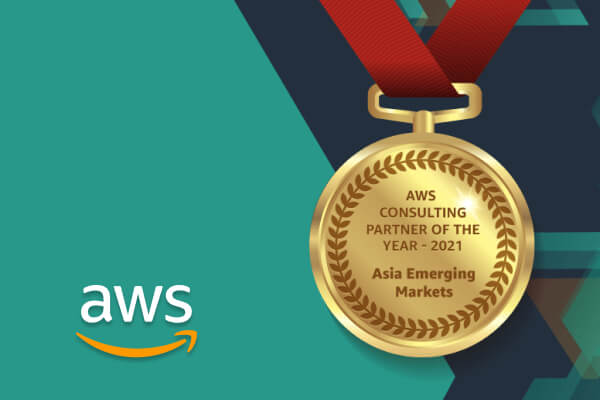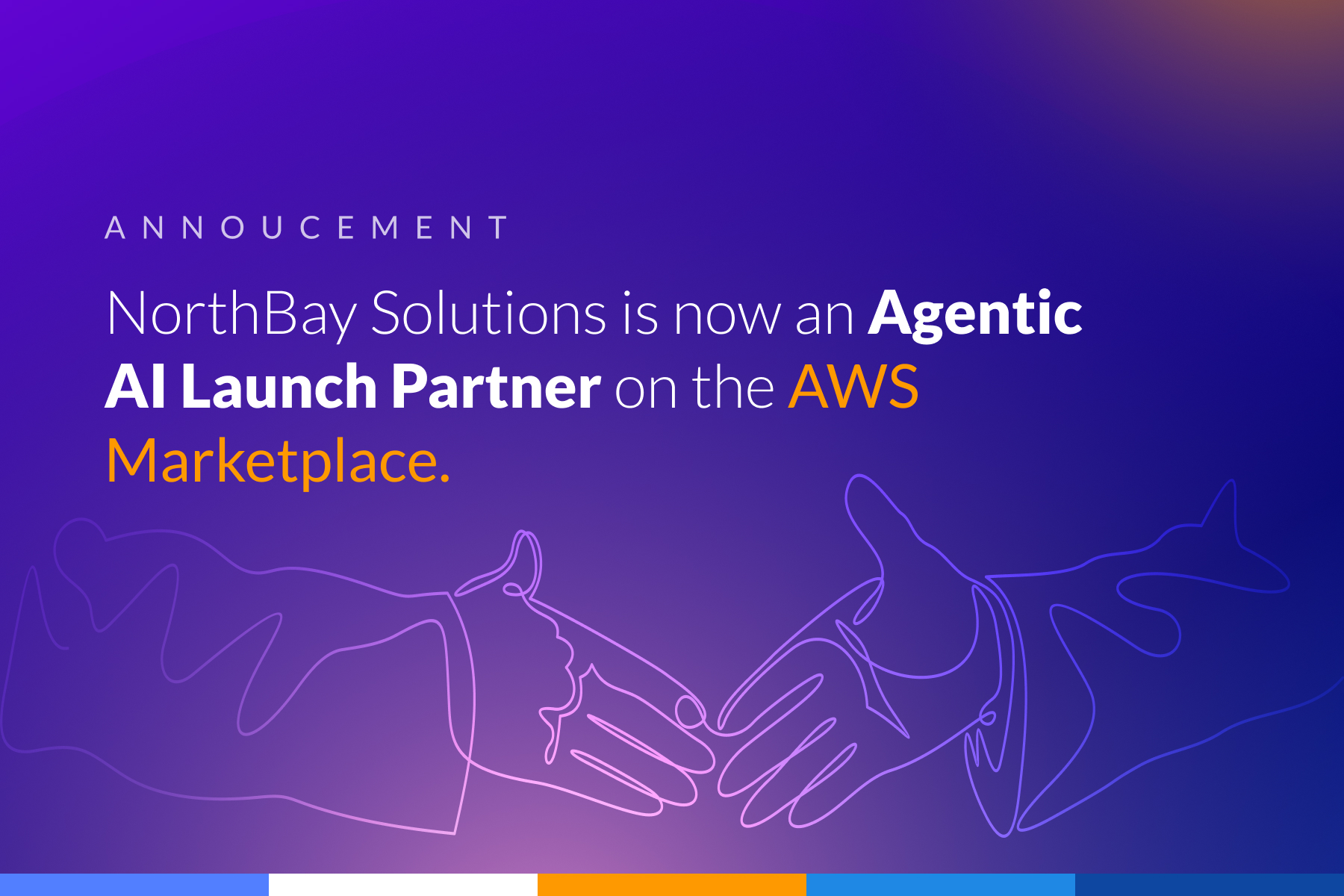
Migrating from one platform to another can unlock new opportunities for scalability, cost efficiency, and advanced functionality. If your business is considering moving from Google Cloud Platform (GCP) to Amazon Web Services (AWS), you’re not alone. While both platforms are powerful, each has unique offerings that cater to diverse business needs. This guide will walk you through the key strategies for a seamless migration from GCP to AWS, including service comparisons, migration tools, and cost optimization tips.
Why Migrate from Google Cloud Platform to AWS?
AWS, the global leader in cloud computing, offers unmatched scalability, a broader service portfolio, and a robust global network. Businesses often choose AWS for its flexibility, advanced tools for machine learning and analytics, and extensive ecosystem of third-party integrations. While GCP is highly capable, AWS’s leadership in innovation and its comprehensive managed services make it a compelling choice for businesses looking to future-proof their cloud investments.
Comparing Key Services: GCP vs. AWS
1. BigQuery vs. Amazon Redshift
- BigQuery: GCP’s serverless data warehouse excels in handling large-scale analytical workloads with a simple pricing model based on data usage.
- Amazon Redshift: AWS’s fully managed data warehouse provides fine-grained control, optimized performance, and a rich ecosystem of integrations, including Redshift Spectrum for querying S3 data directly.
- Migration Tip: Use AWS Database Migration Service (DMS) to streamline data migration from BigQuery to Redshift with minimal downtime.
2. Ensuring Compliance and Security
- Compute Engine: GCP’s IaaS offering provides custom machine types for tailored computing needs.
- Amazon EC2: AWS’s Elastic Compute Cloud offers a vast range of instance types, auto-scaling capabilities, and cost-saving options like Spot Instances.
- Migration Tip: Evaluate your compute requirements to select the right EC2 instance type, leveraging AWS’s Compute Optimizer for guidance.
3. GKE vs. Amazon EKS
- Google Kubernetes Engine (GKE): A highly automated Kubernetes management solution.
- Amazon Elastic Kubernetes Service (EKS): Offers deep integration with AWS services like IAM and Fargate for serverless container operations.
- Migration Tip: AWS provides tools such as the EKS Connector for hybrid environments, ensuring a smoother transition for Kubernetes workloads.
Leveraging AWS Migration Tools
- AWS Database Migration Service (DMS):
Simplifies the migration of databases to AWS with minimal downtime. DMS supports homogenous (e.g., PostgreSQL to PostgreSQL) and heterogeneous (e.g., MySQL to Aurora) migrations. - Elastic Disaster Recovery:
Provides continuous replication to AWS, ensuring business continuity during and after migration. It minimizes downtime and helps maintain data integrity. - AWS Migration Hub:
Centralizes migration tracking across multiple AWS tools, helping businesses plan and monitor progress effectively.
Cost Optimization Strategies Post-Migration
Migrating to AWS is just the first step; optimizing costs ensures you maximize ROI. Here’s how:
- Leverage AWS Pricing Models:
Use Reserved Instances for predictable workloads and Spot Instances for flexible, non-critical tasks. - Enable Cost Allocation Tags:
Tag resources for better visibility into spending by department, project, or application. - Utilize AWS Cost Explorer and Budgets:
Monitor and analyze spending patterns to identify savings opportunities. - Adopt Serverless Services:
Transition workloads to serverless options like AWS Lambda and Amazon S3 for lower operational overhead. - Implement Auto-Scaling:
Scale resources dynamically based on demand to avoid over-provisioning.
Key Considerations for a Smooth Migration
- Plan Thoroughly:
Conduct an initial assessment to understand your current GCP setup, including data dependencies, workloads, and applications. - Prioritize Security:
Use AWS Identity and Access Management (IAM) to enforce robust security policies post-migration. - Test Extensively:
Before going live, run tests to ensure performance, security, and reliability align with business objectives. - Engage Experts:
Partnering with an AWS Premier Consulting Partner, such as NorthBay Solutions, can provide tailored support and expertise for your migration journey.
Conclusion
Migrating from GCP to AWS is a strategic move that requires careful planning and execution. By understanding the differences between the platforms, leveraging AWS’s powerful migration tools, and optimizing costs post-migration, businesses can unlock new levels of efficiency and innovation. AWS’s robust ecosystem ensures a future-proof foundation for growth, enabling businesses to stay competitive in an ever-evolving digital landscape.
If you’re ready to make the transition, start with a comprehensive migration plan, and explore AWS’s extensive resources and support to ensure success.
About NorthBay Solutions
NorthBay Solutions is a leading provider of cutting-edge technology solutions, specializing in Agentic AI, Generative AI MSP, Generative AI, Cloud Migration, ML/AI, Data Lakes and Analytics, and Managed Services. As an AWS Premier Partner, we leverage the power of the cloud to deliver innovative and scalable solutions to clients across various industries, including Healthcare, Fintech, Logistics, Manufacturing, Retail, and Education.
Our commitment to AWS extends to our partnerships with industry-leading companies like CloudRail-IIOT, RiverMeadow, and Snowflake. These collaborations enable us to offer comprehensive and tailored solutions that seamlessly integrate with AWS services, providing our clients with the best possible value and flexibility.
With a global footprint spanning the NAMER (US & Canada), MEA (Kuwait, Qatar, UAE, KSA & Africa), Turkey, APAC (including Indonesia, Singapore, and Hong Kong), NorthBay Solutions is committed to providing exceptional service and support to businesses worldwide.





